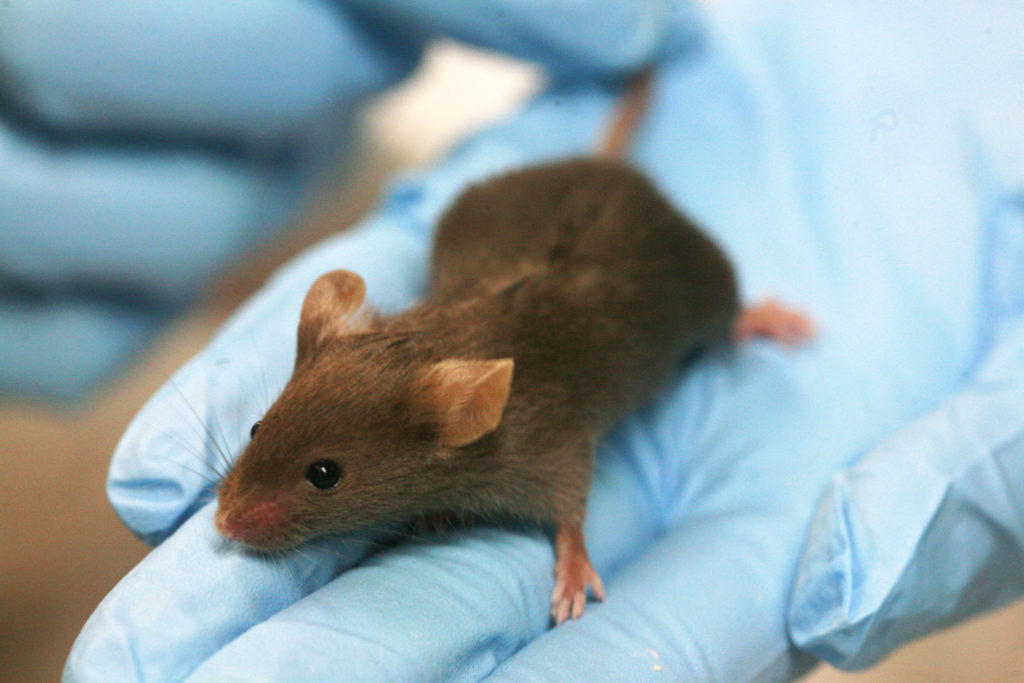My blog post on the European Association for International Education site.| The fields of science, technology, engineering and mathematics (STEM), have traditionally attracted more male than female scholars on all academic levels. The disparity of interests between genders can be seen as early as secondary school. The resulting trend is,…
Expanding the roles of women in STEM



